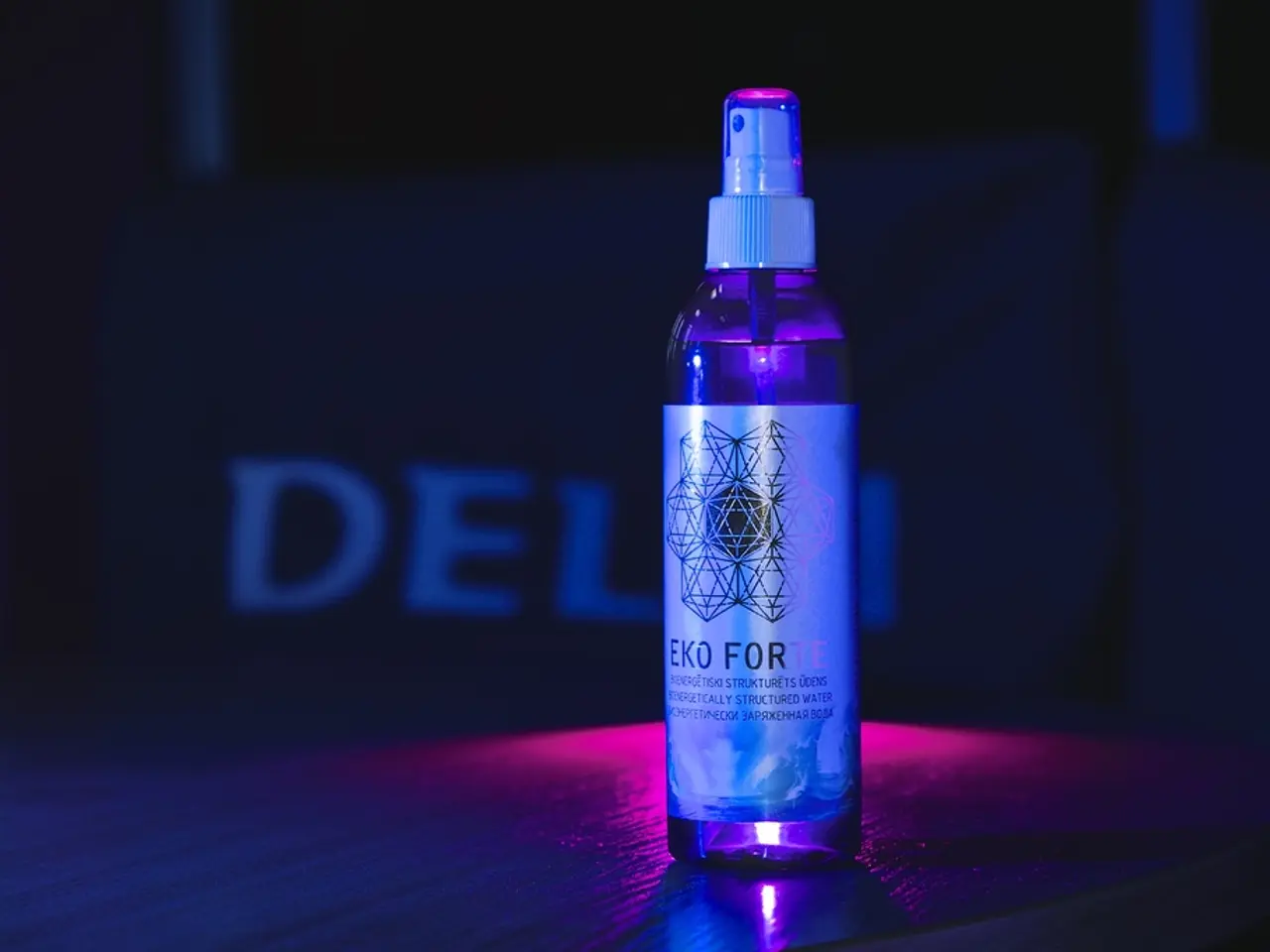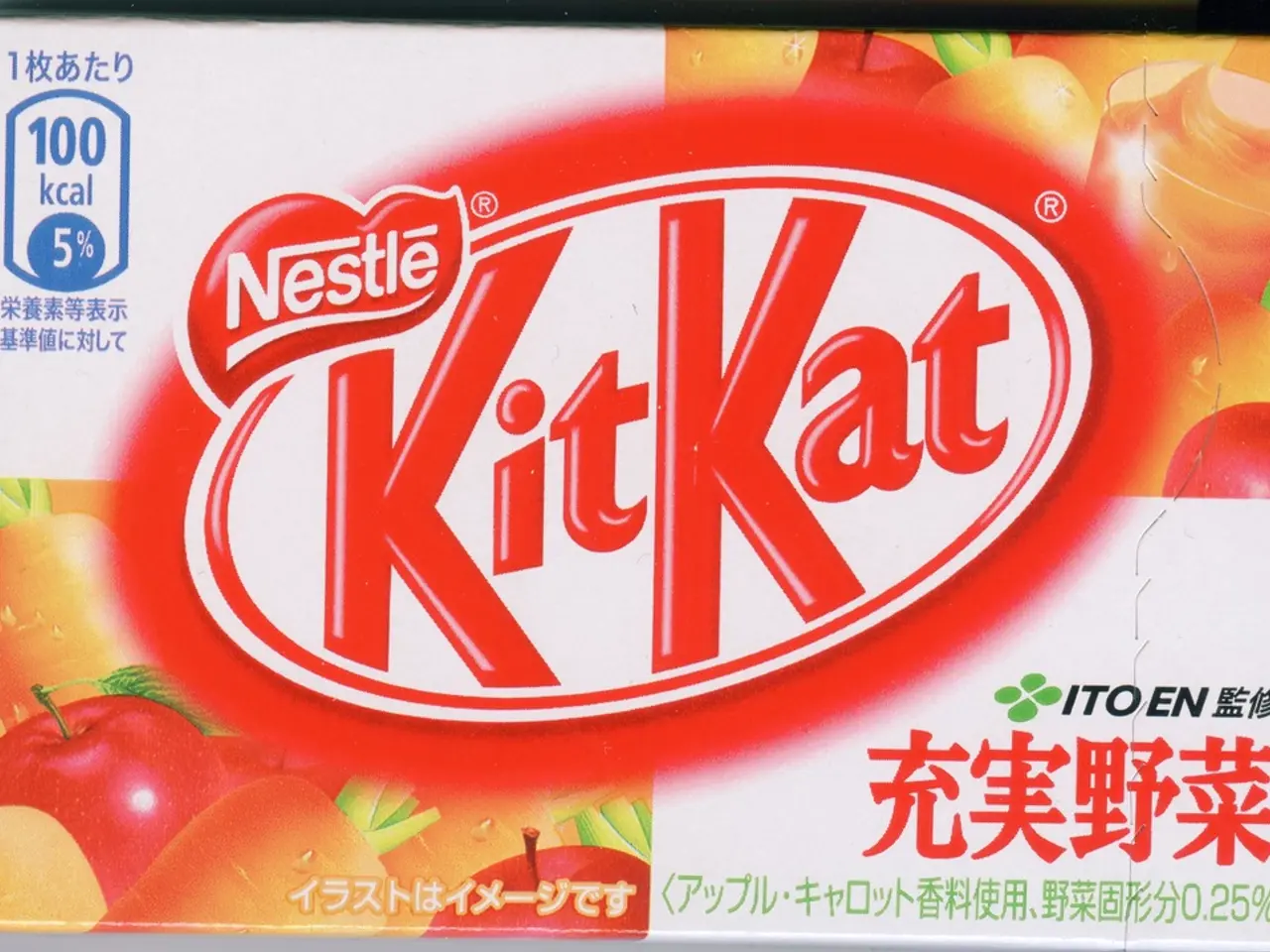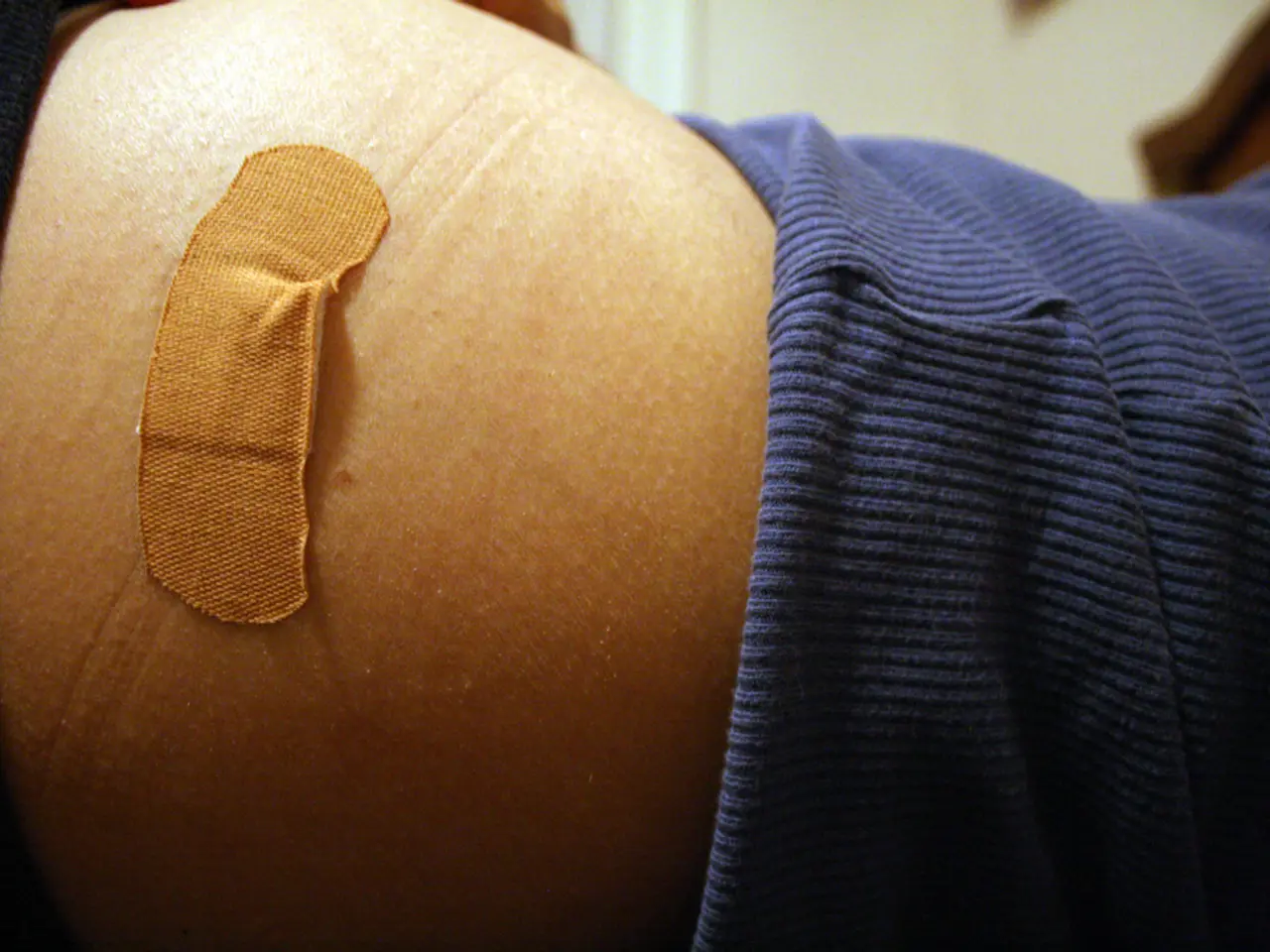Ketamine-based treatment procedures: A comprehensive guide on the essentials
Ketamine infusion therapy has emerged as an effective and rapid-acting treatment for patients suffering from treatment-resistant depression (TRD). This innovative approach, which was first demonstrated in the late 1990s by researchers at Yale, has response rates typically around 40-60%. It also shows promise in treating anxiety disorders, PTSD, addiction, and OCD.
Efficacy
The antidepressant effects of ketamine can produce significant mood improvements and symptom reduction within hours to days, a much faster onset than traditional antidepressants. The antidepressant effects can last several weeks to months, although this varies individually. Improvements are also seen in anxiety, PTSD symptoms, cognitive clarity, and functioning during ongoing treatment. Initial improvements may allow patients previously debilitated by depression to resume daily activities and engage in other therapies.
Mechanism of Action
Ketamine primarily acts as an NMDA (N-methyl-D-aspartate) receptor antagonist, leading to enhanced glutamate neurotransmission and subsequent activation of AMPA receptors. This cascade promotes neuroplasticity and synaptogenesis, helping to restore neural circuits impaired in depression and other mental illnesses. Ketamine also has effects on other receptors (e.g., opioid receptors, monoaminergic systems), contributing to its analgesic and mood-altering properties. The dissociative effects of ketamine during infusions can facilitate therapeutic processing of trauma and entrenched thought patterns.
Typical Course of Treatment
Ketamine is administered intravenously at subanesthetic doses, usually over a 40-60 minute infusion. A common initial course involves six infusions over 2-3 weeks, often twice weekly, but protocols vary by clinic and patient response. Following the initial series, some patients receive maintenance infusions at longer intervals (e.g., monthly) to sustain benefits. Sublingual or other formulations are also used, though IV infusions have the most robust evidence. Dosages in psychiatric treatment are approximately one-third to one-half of anesthetic doses used in surgery, reflecting their subdissociative purpose. Patients are closely monitored for cardiovascular and mental status during and after treatment due to ketamine’s psychoactive and physiological effects.
Other Uses
Although primarily used to treat people suffering from Major Depressive Disorder (MDD) and TRD, ketamine infusion therapy shows potential for other mental health conditions such as anxiety disorders, PTSD, addiction, and OCD.
In conclusion, ketamine infusion therapy represents a notable advance for patients unresponsive to conventional psychiatric treatments, providing rapid symptom relief through a distinct pharmacological pathway not shared by standard antidepressants. However, treatment should be administered in controlled clinical settings due to the need for monitoring and potential side effects.
This summary is based on current clinical insights and research data primarily from 2025 sources.
| Aspect | Details | |----------------------|-----------------------------------------------------------------------| | Efficacy | 40-60% response rates in treatment-resistant depression; rapid onset; effects last weeks to months | | Mechanism | NMDA receptor antagonism → increased glutamate → neuroplasticity; multi-receptor effects | | Course of Treatment | 40-60 minute IV infusions; ~6 infusions over 2-3 weeks initially; maintenance infusions optional | | Other Uses | Anxiety disorders, PTSD, addiction, OCD |
- Ketamine infusion therapy, initially demonstrated in the late 1990s, has shown effectiveness not only for treatment-resistant depression but also for other mental health conditions such as anxiety disorders, PTSD, addiction, and OCD.
- The antidepressant effects of ketamine, particularly in treatment-resistant depression, can produce significant mood improvements and symptom reduction within hours to days, a much faster onset than traditional antidepressants.
- In addition to its use for Major Depressive Disorder, ketamine infusion therapy holds promise for the treatment of bipolar disorder, given its rapid-acting nature and its potential impact on both depression and anxiety symptoms.
- Science has continued to explore the potential of mental-health focused initiatives, with ketamine infusion therapy standing out as a promising treatment method in health-and-wellness studies, offering a significant advance for patients unresponsive to conventional psychiatric treatments.




